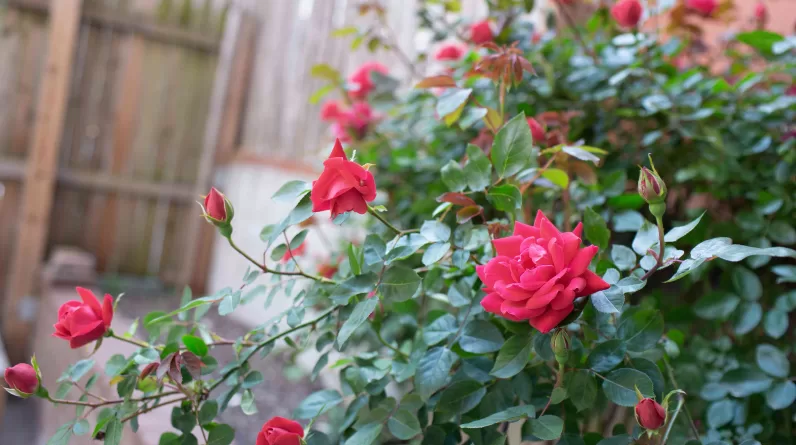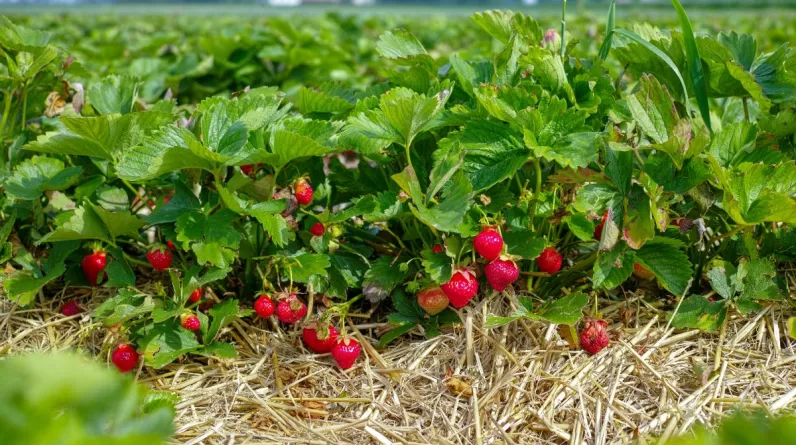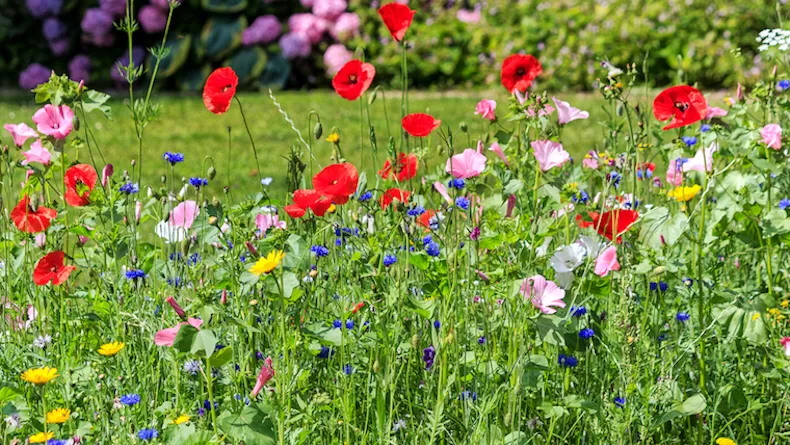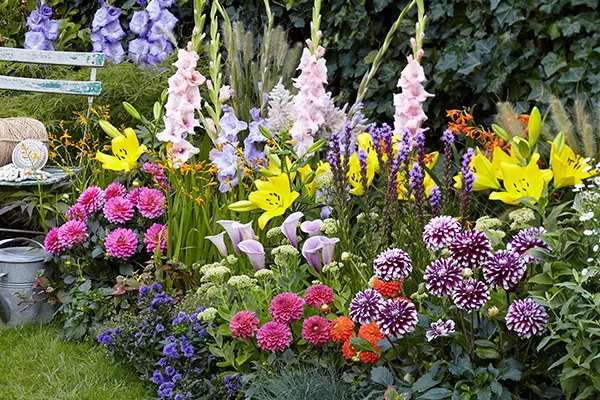
Garden Hose Nozzle Won’t Shut Off: Fixing
Garden Hose Problems
A spray nozzle is a simple-to-use accessory that allows you to water your garden beds from a distance. Yet, when your garden hose nozzle won’t shut off at all or only after several tries, you could have a mess on your hands!
This guide is here to help you understand why your nozzle won’t shut off and how to fix that frustrating problem.
We’ll also go through how to repair other issues that many gardeners face, such as low water pressure, a clogged sprayer, leaks, and the like.
Let’s dive in!
How to Fix a Garden Hose Nozzle That Won’t Shut Off?
Let us give you a quick overview of what causes a hose nozzle to stop preventing the water from coming out as it should.
Usually, the thing to blame is either a malfunctioning valve (which is responsible for stopping the flow of water when pressing the trigger) or a damaged trigger.
Now that you know what you should be looking for, carefully take apart the nozzle and look at these two components. Search for any signs of wear and tear on the valve or the trigger, like cracks.
If you notice damage on either the trigger or the valve, it’ll be time to replace them. Get in touch with the hose’s manufacturer to see if they sell these parts separately, or head over to your nearest hardware store for replacements.
Other times, you may find stuck debris that might disrupt the trigger’s working mechanism. In this case, you’ll only have to clean the nozzle, snap it back on, and its shut-off feature should go back to working like a charm!
How to Fix a Clogged Garden Hose Sprayer?
Another issue that often happens to garden hose nozzles is clogging, which is easy to detect if you notice the water spray pattern becoming irregular.
Debris, dirt, and dust can quickly accumulate in the sprayer’s opening with constant use and no maintenance, but this problem is also a piece of cake to repair!
Start by grabbing a bucket and filling it with equal parts of water and white vinegar to help loosen any stuck matter inside the thin holes of the sprayer. Then, let the nozzle soak in this solution for an hour, two, or even overnight!
After that, get a small brush with wire bristles and gently scrub at the nozzle to get rid of any debris that might still be stuck in the sprayer’s holes.
If you maintain a cleaning schedule of your sprayer head twice a year, you could minimize the chances of it clogging.
How to Fix a Leaking Garden Hose Nozzle?
Without a doubt, a leaking garden hose nozzle is a problem you should tackle immediately to reduce water waste and keep it from causing a mess.
In most cases, a garden hose that leaks at the nozzle occurs because of a worn washer (also known as O-ring). Other times, this issue may happen due to stripped hose or nozzle threads.
Method 1: Fixing a Garden Hose Nozzle With a Damaged O-Ring
With constant use, the washer may be subject to corrosion, which prevents it from closing the gap between the hose itself and its nozzle. This allows the water to flow outside this gap instead of moving in the normal direction of the nozzle opening.
Because this is usually a recurrent issue, here’s how you can deal with a leaking hose nozzle: You replace the washer with a new one!
After you buy an O-ring from the hardware store or online, simply unscrew the nozzle from its position on the hose. Then, remove the worn-out washer and put the new one in its place carefully.
Finally, place the nozzle back on the hose and secure it in place. This should stop the leak and restore the hose’s performance.
Method 2: Fixing a Garden Hose Nozzle With Damaged Hose Threads
Again, the more you use your garden hose, the more wear and tear you expose to the threads on the nozzle, the hose opening, or both. As a result, the watertight seal they’re meant to keep will begin to loosen, which can lead to leaks.
The right way to deal with this scenario is to use a knife to cut off the part with the damaged threads on the hose. Next, get a connector from any hardware store, screw it on, and put the nozzle back on the hose.
Now, you can say goodbye to a flimsy seal between the nozzle and the garden hose!
How to Repair a Garden Hose Sprayer With Low Water Pressure?

More often than not, if you’re facing a problem with the nozzle’s water pressure, it has to do with the hose itself or its filter. Sometimes, the hose could be kinked, clogged at one point, or twisted in a way that prevents normal water flow.
Or, the filter might be clogged with dirt, debris, or mineral residue, which could decrease the pressure of the water.
So, how do you fix your low-water-pressure garden hose?
Easily enough, just check the length of your hose for any twists, and if you don’t find any, take a closer look at it to search for any blockages.
Also, make sure to inspect the filter, too, and wash it thoroughly to clear it of any stuck debris if you find some.
To Wrap It Up
If your garden hose nozzle won’t shut off, is clogged, tends to leak, or faces a low water pressure issue, watering your plants can be challenging. This is why you should learn how to fix all these issues!
Hopefully, after reading our guide, now you know that repairing a hose nozzle that won’t stop the stream of water is a simple task. After closely inspecting the sprayer, you’ll figure out whether the problem is in the trigger or the valve.
Based on what you find, you’ll either need to replace the valve or the trigger, then you can resume your gardening work!







